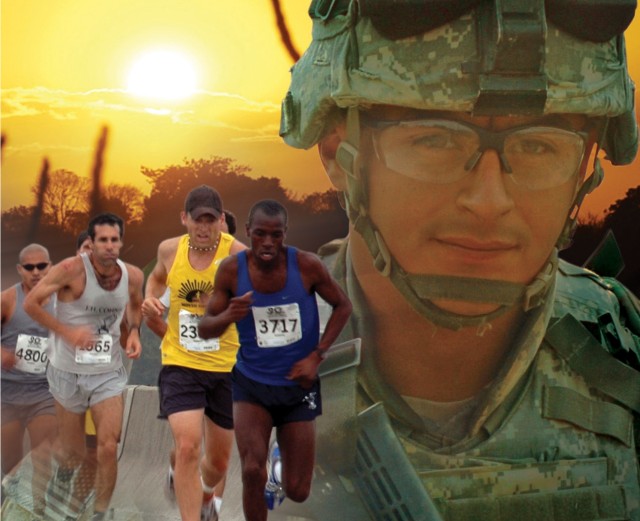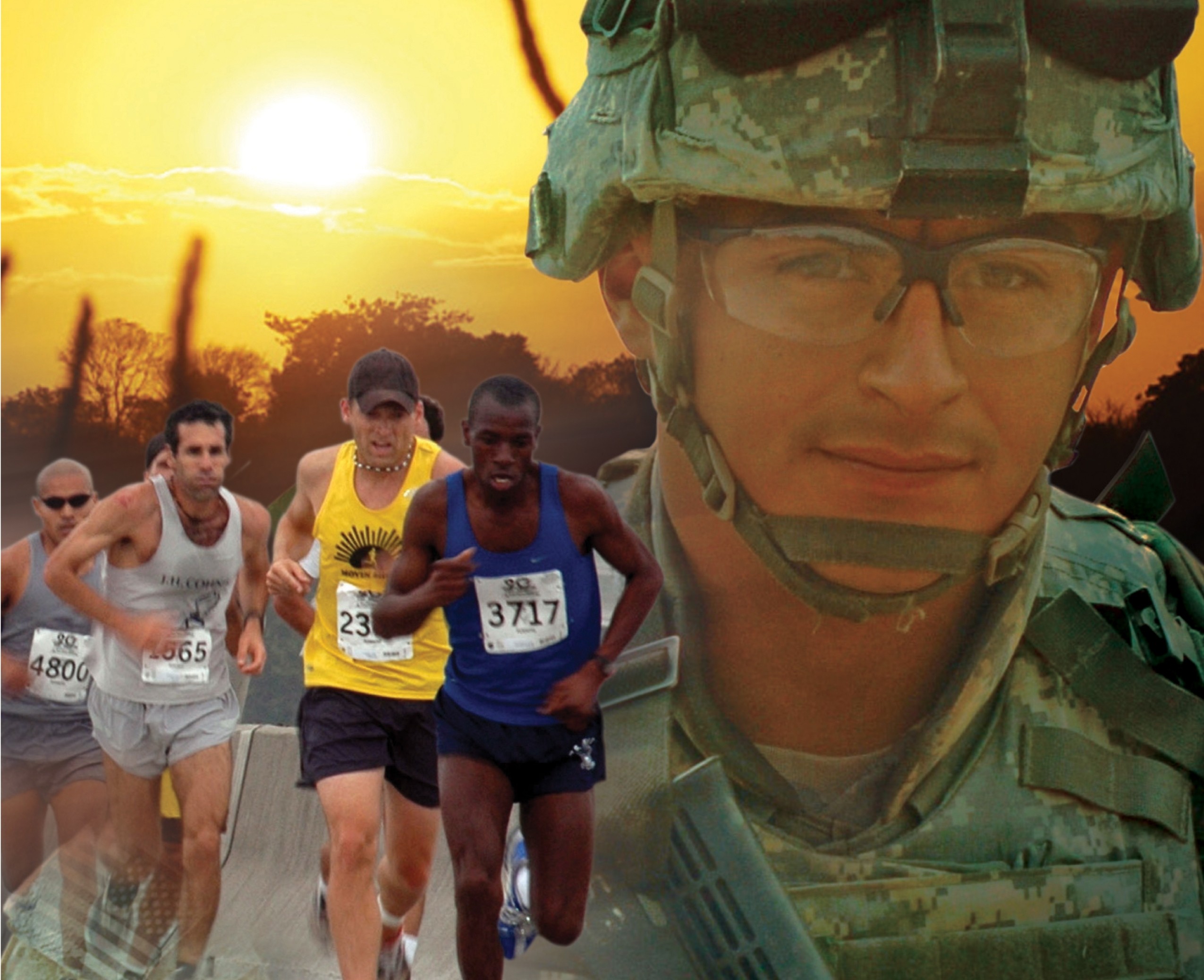FORT RUCKER, Ala. (Army News Service, June 22, 2007) - As hot weather begins posing potential risk to Soldiers and Family members, the U.S. Army Combat Readiness Center reminds individuals that heat-injury prevention is not only a command and leadership responsibility, but a personal one, too.
Heat injuries are avoidable but can affect anyone. Individuals not accustomed to hot weather, especially when it's combined with high humidity, are particularly susceptible. Young children, individuals with a long-term illness, and Soldiers who work in such enclosed environments as aircraft cockpits or vehicle interiors have a higher risk of becoming heat causalities. The use of supplements may also increase the chance dehydration.
"Leaders and Soldiers must do more than just have water available," said Col. John Campbell, CRC command surgeon. "Using composite risk management to assess and mitigate the potential health effects Soldiers might suffer during hot weather is critical."
According to the Army's Office of the Surgeon, 220 heat stroke cases were documented in 2006. Of those, 57 Soldiers were hospitalized, 163 were outpatients, and two died. The injuries happened both in garrison and operational environments, and occurred during physical-fitness training and testing, training exercises, and other activities including recreational exertion and non-exertion activities.
The best defense against a heat-related incident is prevention, Col. Campbell said. Before engaging in an outdoor activity or mission in the heat, the identification and assessment of such potential hazards as a high-heat category or the physical exertion level of the activity can reduce an individual's chance of becoming a victim of heatstroke, heat exhaustion or heat cramps.
"Training is the priority and Soldiers learn how to cope in the heat," said Maj. Karl Strellner, 198th Infantry Brigade S-3 at Fort Benning, Ga. The 198th Inf. Bde. conducts training for drill sergeants four months prior to June 1, when the weather typically begins to get hot.
"Our drill sergeants practice daily man-down drills, immediate actions, checks on combat lifesavers bags, certification updates on combat lifesaver courses, IV sticks, caloric intake classes, and system checks of the HVAC (air conditioning units)," she said.
In addition to the training that drill sergeants receive, trainees are immersed in proper hydration methods, hydration tracking mechanisms and battle-buddy care. Drill sergeants monitor heat conditions and adjust training accordingly.
By developing and implementing controls, leaders reduce the chance of a Soldier in their formation succumbing to a heat injury, Col. Campbell said. Having sufficient hydration sources and providing rest cycles as needed are some of the measures that leaders can take.
Applying similar control measures when off duty can also protect Family members. Drinking more fluids, avoiding alcohol or drinks full of sugar or caffeine, and staying indoors when possible are several ways to beat the heat. Additionally, wearing a wide-brimmed hat, sunglasses and putting on sunscreen of SPF 15 or higher diminishes the possibility of a heat-related incident.
"Soldiers have a responsibility to look out for each other and speak up when a comrade is in trouble," Col. Campbell added. "Someone always knows when a Soldier isn't at peak performance level; buddies should make leaders aware of these situations to thwart a possible heat injury."
For more information on heat injury prevention visit <a href="http://chppm-www.apgea.army.mil/heat/#_HIA"target=_blank> chppm-www.apgea.army.mil/heat/#_HIA</a> and for more information on the 101 Critical Days of Summer safety campaign visit <a href="https://crc.army.mil"target=_blank> https://crc.army.mil</a>.
(Lori Yerdon writes for the U.S. Army Combat Readiness Center.)


Social Sharing